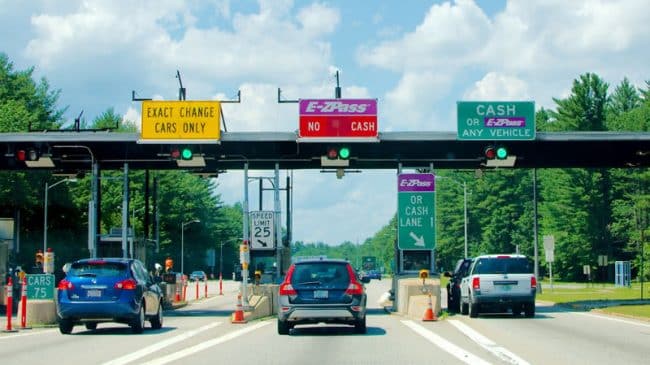HOT lanes permit certain categories of high-occupancy vehicles to use those lanes at either no charge or a reduced toll rate. This requires effective enforcement to ensure that the promised performance is delivered. Manual enforcement of HOV lane occupancy requirements has not been very effective. Enforcing HOT lane eligibility is more complicated, since both toll-paying vehicles with transponders and toll accounts, as well as HOVs meeting the occupancy requirement, must be distinguished from other, ineligible vehicles.
As HOT lanes become larger and more complex, effective enforcement becomes even more difficult. This study first reviews current efforts to develop technology-based approaches to occupancy enforcement (either roadside or in-vehicle). It suggests that these efforts are not likely to prove cost-effective over the next several decades, a time period during which complex networks of HOT lanes are planned for implementation. It then develops a policy-based approach to HOT lanes enforcement, aimed especially at more complex HOT lanes and HOT networks.
The first policy change would require all vehicles using the HOT lane to be equipped with transponders, with eligible carpool vehicles’ transponders charged zero toll during peak periods (which could be implemented in the toll-collection software).
The second policy change would require preregistration of eligible carpools with an employer or ride-sharing agency, similar to current practice with vanpools. This approach would reduce the problem of on-road occupancy enforcement to what is already needed for electronic enforcement of toll collection, with significant savings in equipment and enforcement costs. Enforcement would be shifted off-road, and would consist of periodic audits of employer-sponsored carpools by the local ride-sharing agency (which already audits employersponsored vanpools). It would end eligibility for free or discounted use of the HOT lane by casual carpools and most “fam-pools.”
These changes represent a return to the original purpose of carpooling programs: to stimulate shared commuting to and from workplaces, thereby reducing the number of vehicles on the roads during peak periods.
The first example of a HOT lanes project with pre-registered carpools is the I-95 Express Lanes in Miami, which began operation at the end of 2008; a registered-carpool approach has also been proposed for a HOT lanes project under development on I-85 in Atlanta.
As metro areas move forward with plans for extensive networks of HOT lanes, cost-effective enforcement of zero or discount tolls for eligible carpools will be critically important. The registered carpool approach suggested here appears to be superior to other proposed approaches for automated enforcement.

